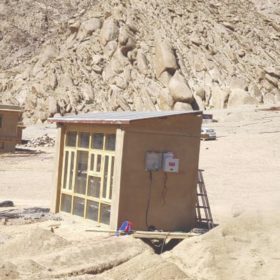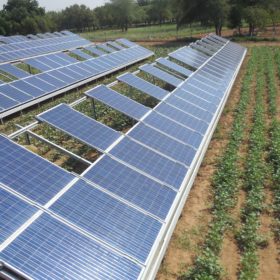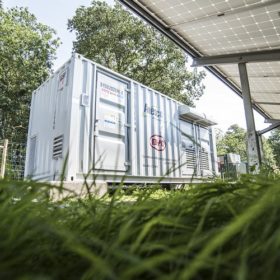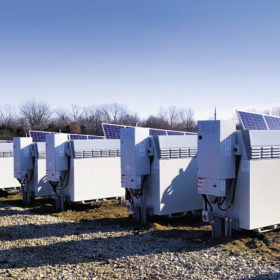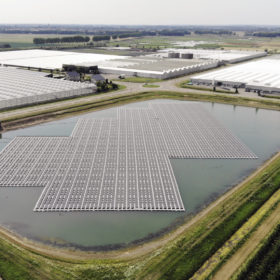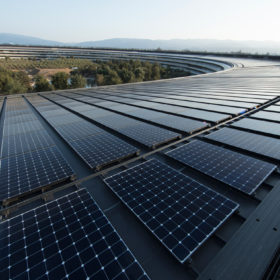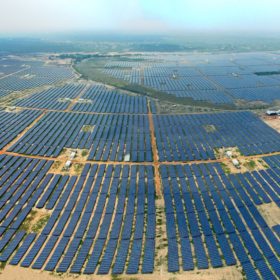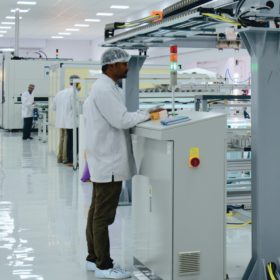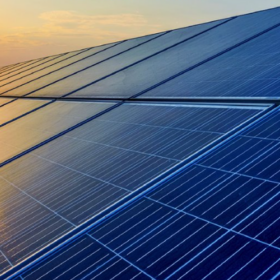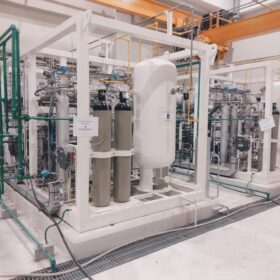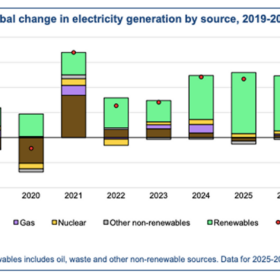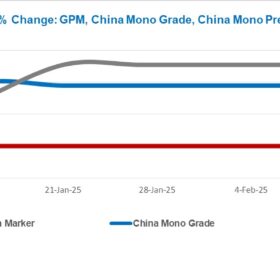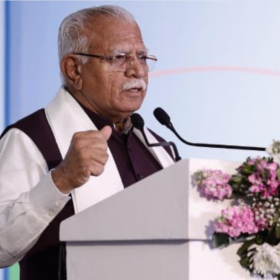Visaka’s solar roofing to power battery houses for Indian Army in Ladakh
The solar battery house—an innovative design by education reformist Sonam Wangchuk—will shelter soldiers of the Indian Army from the extreme Ladakhi winters.
Jodhpur agrivoltaic pilot project replicated
Research institutes have moved quickly to emulate the successes observed in a test installation at Jodhpur as India races to meet an ambitious target of doubling agricultural income by 2022.
Energy storage will take 3 years to gather steam
There is a need to shift the consumer mindset from conventional backup solutions to battery storage too even as the industry gets more clarity on technical feasibility for the Indian context.
The long read: Flow batteries scale up to GW production
Plans for a gigawatt factory in Saudi Arabia, bullet-proof warranties and an international vanadium rental service are propelling a new generation of batteries into the energy storage big league. Pioneers of redox flow technology claim that they can put an end to the degradation and safety issues afflicting lithium-ion batteries. They also expect imminent economies of scale to reduce the cost of bulk energy storage and unlock new markets for solar power.
Tata Power wins 105 MWp of floating solar for NTPC
The project—to be commissioned within 21 months—will come up on the reservoir of NTPC Kayamkulam in District Allappuzha.
India prepares to embrace agrivoltaics
Take-up has been slow considering the nation’s mammoth agricultural industry but, as a packed session on the topic at the recent REI show illustrated, attitudes may be changing in a nation which is already installing solar greenhouses.
The roadmap to 40 GW rooftop solar
Streamlining the Discoms, better financing options, customer-centric approach, data sharing and push for residential through standardization are a few steps that can help India achieve its ambitious rooftop solar target.
NLC completes 709 MW solar for Tamil Nadu utility
With commissioning of the balance 351 MW of projects in four districts of Tamil Nadu, the state-run power producer has completed the entire 709 MW solar capacity awarded by utility Tamil Nadu Generation and Distribution Corporation.
Andhra Pradesh court scraps high-level PPA renegotiation committee
Legal decision is the latest blow to new chief minister Jaganmohan Reddy’s determined attempt to reverse the clean energy gains made by his predecessor N Chandrababu Naidu.
Waaree Energies expands module manufacturing capacity to 2 GW
India possesses almost 11 GW of domestic solar module production capacity and around 3 GW of cell output annually. With a national goal of 100 GW of solar generation capacity by 2022, the creation of a domestic manufacturing base is of critical significance for the country which currently imports almost 85% of the 10 GW of PV equipment it consumes annually.
